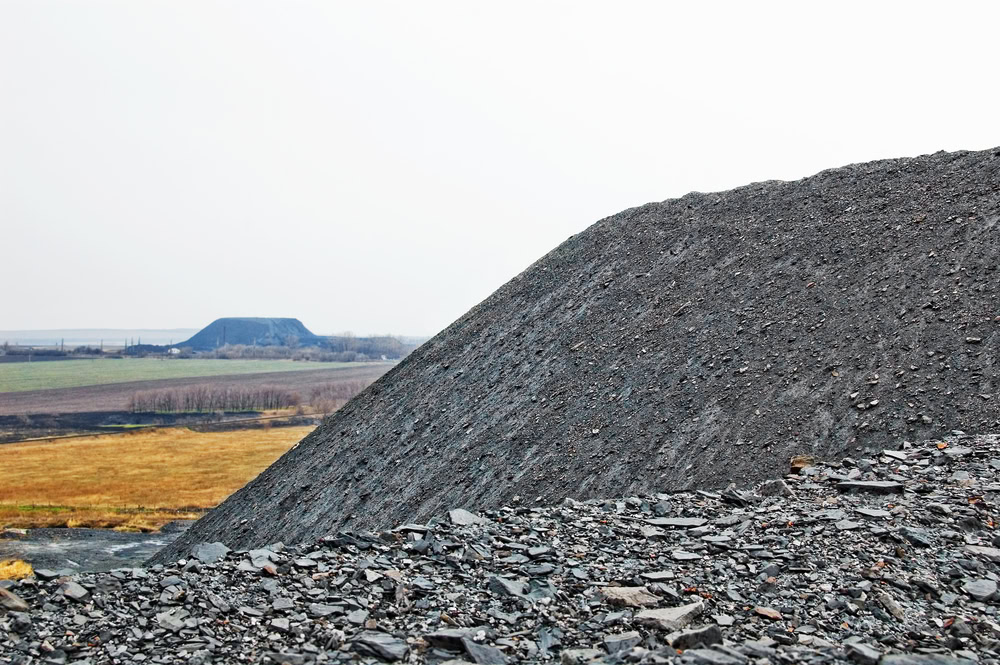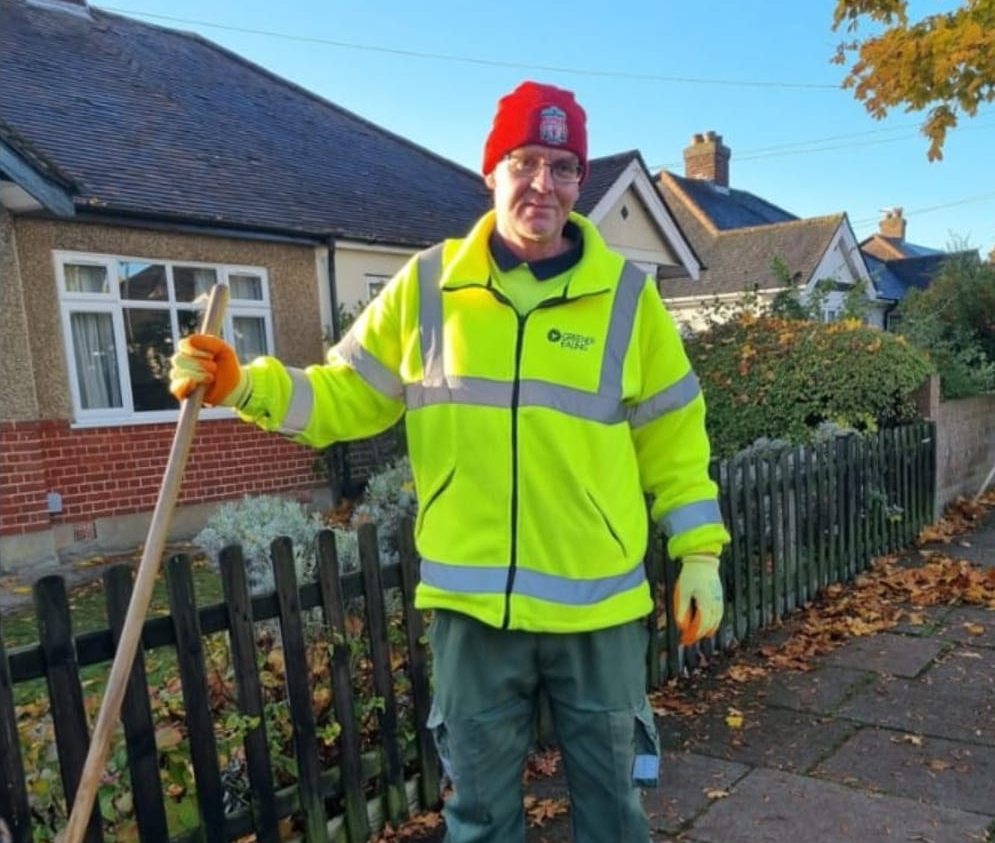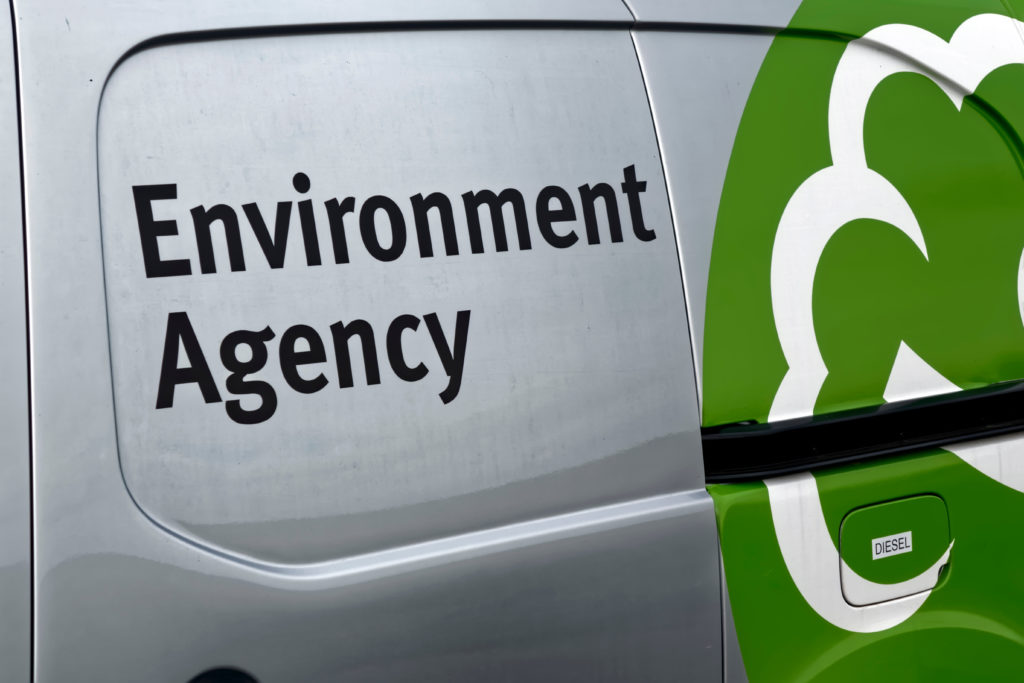The public body, due to be launched on 1 April 2027, will oversee the long-term management of disused mine and quarry tips across the country.
These tips often contain piles of waste materials from mining operations, such as spoil, rocks and coal fragments, that are no longer in use.
Once fully established, the Authority will employ up to 77 staff, creating around 60 new jobs.
The Authority’s creation formed a key part of the Disused Mine and Quarry Tips Act, which received Royal Assent last month, and aimed to strengthen the monitoring, recording and management of disused tips across Wales.
The headquarters will be based at the Welsh Government office in Rhyd y Car, Merthyr Tydfil, in the heart of the south Wales valleys.
Over 90% of disused coal tips classified as higher risk are situated in the valleys, and the office itself stands on a reclaimed colliery tip site.
In a written cabinet statement, the Welsh Government said: “It will be the first organisation of its type in the UK, and a world leader in its field – developing knowledge, experience and skills that will benefit the people of Wales for generations.”
The statement added that the new body represents “an opportunity to lead the world again” by creating a “talent pipeline” focused on managing Wales’s mining legacy amid the challenges of climate change.
Coal tip safety concerns
The formation of the Authority follows several incidents highlighting the risks posed by disused tips.
Last year, 40 homes were evacuated in Cwmtillery, Blaenau Gwent, after a coal tip collapse sent tonnes of slurry and debris through the village.
In response to these growing concerns, the UK government pledged £118 million over the next three years to make coal tips safe.
However, a parliamentary committee warned that current funding levels still fall short of what is needed to fully address the scale of the challenge.
To date, the Welsh Government said it has already invested £100 million in improving coal tip safety.
All disused tips in Wales have been categorised based on their potential risk to the public. Category C and D tips, deemed “higher risk”, require inspection once or twice a year, while A and B tips are considered “low” or “very low” risk.
More than 90% of higher-risk tips (Categories C and D) are located in the south Wales valleys, the region that will host the Authority’s headquarters.
The cabinet added: “The Authority will be centred in the communities that have the most to gain from its work. The importance of the Authority’s purpose – to ensure that disused tips do not threaten human welfare by reason of their instability – will be built in from the very start.”
In the interim, the Welsh Government’s coal tip safety programme continues to operate, working with local authorities and public partners to maintain an inspection and maintenance regime across the country.









Subscribe for free